“The forms that we consider theatre are shifting”: An interview with Cautionary Tale writer Rebecca Atkinson-Lord and composer Rebecca Applin
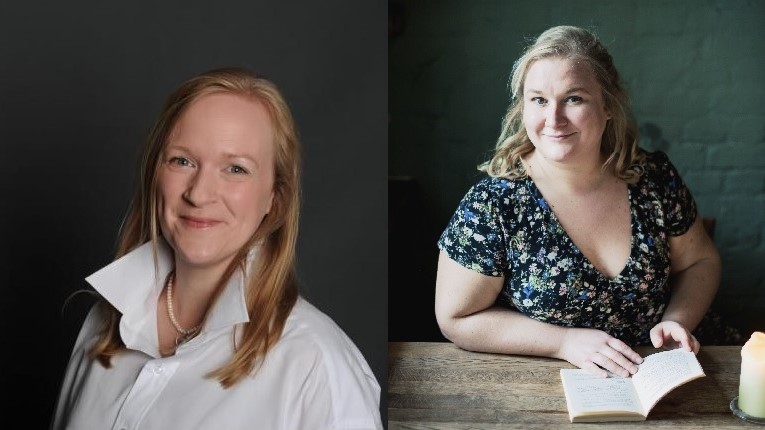
Cautionary Tale was written before the pandemic lockdown and then adapted by writers who wanted the journey of this new British musical to continue. For five weeks, participants will receive a weekly downloadable pack which they can stage in their own homes before sharing it online, culminating in a live Zoom version in week six.
Set in the fictional town of Gloaming, the piece explores the lives of ordinary people with remarkable talents who are forced into oppression. We talk to writer Rebecca Atkinson-Lord about her inspiration for this unique musical and the process of adapting it for a digital audience, and to composer Rebecca Applin about bringing the characters to life through her music score.
What was the inspiration behind Cautionary Tale? Where did your ideas and characters for this story come from?
Rebecca Atkinson-Lord: It started with Becky wanting to write a musical based on Hillaire Belloc’s Cautionary Tales, which are satirical poems mocking Victorian morality. When I came on board, I sort of trampled all over her idea because at the time, I was concerned with the way fear was being used to manipulate politics and I noticed that that starts really early in our lives – I hate the way we use fear to control and educate our kids. I wanted to write a story that talked about that without feeling too preachy and when I explained my idea to Becky she liked it too.
So many of the great stories that I’ve loved have been about people defying the rules they’ve been given, so naturally those fed into my thinking. Tim Burton and Roald Dahl were big influences, as well as lots of stories about children which were meant for adults, like Stranger Things, Stand By Me, IT or The Goonies. When I was first writing the show, I wasn’t really aware of what the influences were or how they were shaping the show – the first draft was written very very quickly, with no opportunity for rereading or redrafting at all. But once I revisited it I saw that there are lots of cultural and personal influences from my life too – Gloaming, the town in the story, looks just like the Lancashire village where my dad grew up, the aesthetics are from the books and TV shows of my childhood and the bittersweetness of the story and the show’s treatment of grief is very much shaped by the experience of losing someone I loved when I was writing that first draft.
Have you ever created a musical like this before?
RA-L: No. Not at all – although I’ve performed in some and directed others. Growing up in Wolverhampton, musicals made up the lion’s share of theatre I had access to. My dad and aunt were singers in their local amateur operatic society as kids and my mum used to love warbling Andrew Lloyd Webber while vacuuming, so there was always musical theatre in my house in some way or another. Since writing this one though, I’ve caught the bug and I’m already writing another with brilliant composer Jennifer Whyte.
Becky Applin, how did you get involved with this production initially?
Becky Applin: A couple of years ago, a youth theatre brought me on board to work on a brand new musical theatre project, and this was the idea that I pitched to them for it. We then brought the rest of the wonderful creative team on board and Cautionary Tale began its journey.
With the music score, did you find it easy to bring Rebecca’s characters to life in the way she envisioned? How did the process happen?
BA: The characters are so wonderfully rich and full of life that they cry out to be musicalised. Cautionary Tale is a show that is about hope winning out over suppression, and about living life as the fullest version of who you are. I wanted these ideas to be infused into the DNA of the score, and so I started to work with the idea that each of the families have their own characteristic ballroom dance rhythm embedded in the score. When needed by the drama, this is buried in the music in a more suppressed version, and then at other times that are right for the dramatic moment, that rhythm is allowed to flourish into its full form. The idea and sound world of the colliery brass band is an umbrella for the whole score and the world in which our characters live, and I am finding arranging for brass band really inspiring.
How did you go about the transition of this musical into a digital format in light of the Covid-19 pandemic?
RA-L: I thought a lot about how to translate the experience of the show. It can’t just be about putting the script and music online. I wanted to offer a richer experience to folk that get involved. If people are going to give us their time to engage with the show and learn and record a song, I felt like we owed them a really rich and pleasurable creative experience. I wanted people to feel like they had enough ownership of the material to really get excited about it, to offer new ideas and interpretations that can really shape and challenge the creative process.
BA: In terms of the music, it is about making the process of learning the songs for people in their own homes as easy as possible. So that means, as well as providing a score and backing track, there is a recorded sung demo of the song, and a “notebashing” track which is simply the vocal line on its own played on the piano. Hopefully, the amalgamation of all of those resources makes it as approachable as possible for people to learn the songs.
Obviously you work closely with the choreographer, Mark Iles. Was there a lot that needed to be adapted or scaled down for the digital audience?
BA: Mark’s work is really inspiring. At this moment in time we are working with bite-sized key moments of choreography that translate well for the digital platform. We will see how it develops from here!
Can you tell us about what set designer James Turner has created for your show and how it will change from week to week?
RA-L: James is one of my favourite collaborators. We’ve been working together for close to a decade now. His set model for this show is incredibly intricate – throughout lockdown we’ve been meeting online three times a week to create the design in a super detailed way. We began by talking about Haggate, a village above Burnley near where my dad grew up which is the basis for our fictionalised setting – so the backdrop of our set is a view of Burnley as seen from the hills around it, taken from an 18th-century painting. Then James has created a street in Gloaming in perfect forced perspective so that all the houses are like the old back-to-backs that you see in industrial towns in Lancashire and Yorkshire. That means that some houses are very big and some are actually quite small, so that has all sorts of fun effects on how the performers have to work within them – for example, the Worselman family are all stooped and bent from working in the fields, so they are crammed into the smallest house.
Inside each house there’s a room reflecting each family’s personalities and talents. For example, in the Trockle house, the wallpaper is a pattern of tiny knots to reflect the children’s passion for playing with string. And because Lieutenant Trockle’s talent is as a climber or mountaineer, the family crest is pair of hiking boots against crossed walking poles. We have great fun hiding little Easter egg-like treats in the set as a sort of reward for observant audience members! And I think that’s one of the great things about sharing the show in this way – anyone can get a really close-up view of the set design and we get to show people all the love and detail that’s there to make the world of the show as rich as possible.
How the show will work for participants that want to get involved?
RA-L: We’re asking people to help us recreate the development workshop we lost because of the pandemic by recording themselves singing songs from the show and sharing them online using #CautionaryTaleMusical. And for folk who hate the idea of singing in public, there’s also the option of reading scenes or doing some of the choreography from the show. We’re not asking for perfect performances, but we really want people to have fun and share their ideas of how some of the material might work. All of the resources you need to learn the songs of the choreography are up online so people can pick and choose whatever bit interests them most. At the end of the five weeks, we’re planning to have a Zoom reading of the full show, and we’d like to use the recordings to help illustrate what the show might feel like to watch. To say thank you to the folk who’ve joined in online, we’re also hoping to invite some of the best performers to join us as part of that reading – and one person will even be invited along to watch us record the final demos when the pandemic is over.
What do you think have been the biggest challenges with the production so far?
BA: This is all a new kind of venture into the digital world for me, and so it’s all about discovering fresh ways of doing things and overcoming the challenges that it entails as we move through the process. Finding alternative modes of communication is really important when you can’t be in a room together.
RA-L: For me it’s always the scale. My instinct in writing a show like this is that it should make personal stories epic. Writing for the physical limitations of theatre is always a joyous challenge, especially, in this show, in terms of the number of people I can reasonably hope to have on stage at once. And now, with this new pandemic-inspired way of thinking about the show, that has shrunk even further to just telling one person or one family’s story at a time. It’s a really useful way to think about the show as I redraft it – because every character should be the hero of their own narrative – even if they’re not the hero of this particular story. So it’s a great exercise in enriching the stories of even the most minor characters.
Do you think online theatre will continue once the pandemic has passed?
RA-L: I think the forms that we consider theatre have been shifting for a while now. So many people love online role play and gaming that I’ve thought for a long time that perhaps the future of theatre lies in a hybrid of the two. I think the advent of augmented and virtual reality technology could make theatres feel more like digital spaces, and in turn, that might make the digital realm more welcoming to stuff that calls itself theatre. I think we’re going to keep telling stories online, and that’s a great way to reach new audiences and explore new ways of making shows, but none of that can replace the joy of gathering in a room together and surrendering ourselves to a brilliant, live story.
Thank you so much for your time.
Ezelle Alblas
Photo: Rebecca Aplin (L) and Rebecca Atkinson-Lord
For further information about Cautionary Tale visit the show’s website here.

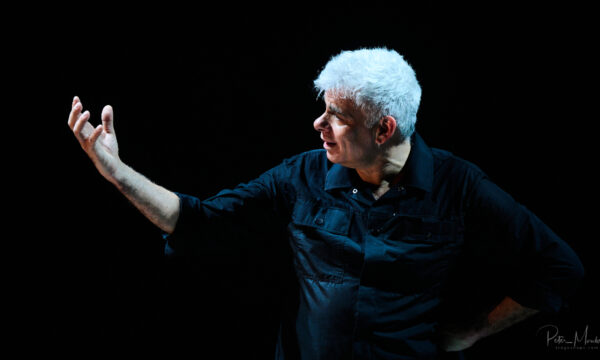
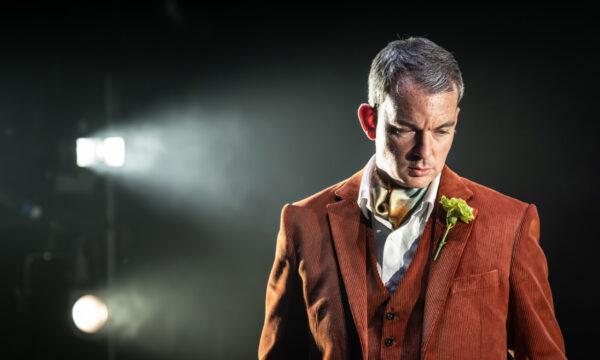
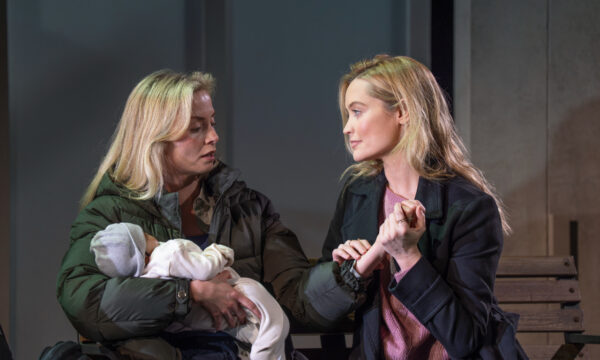
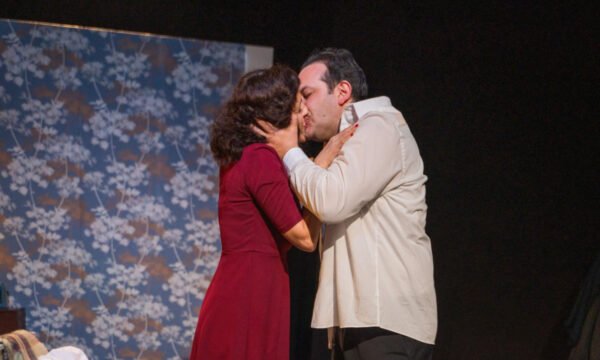
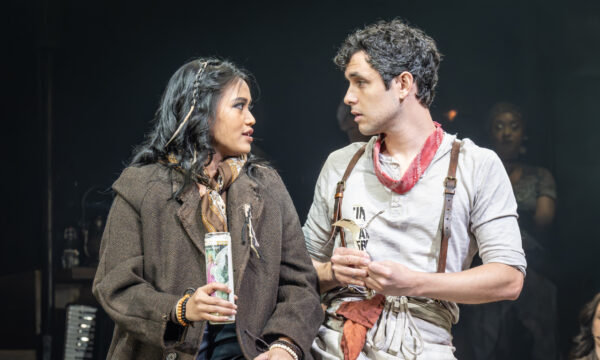
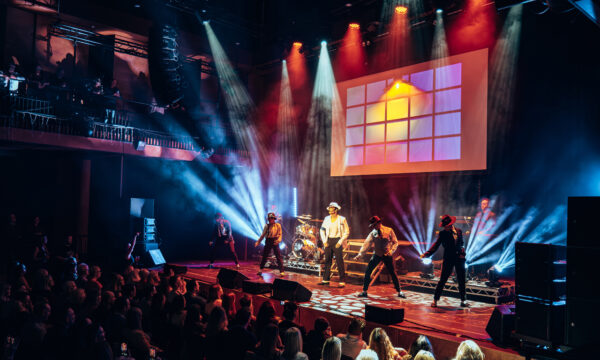
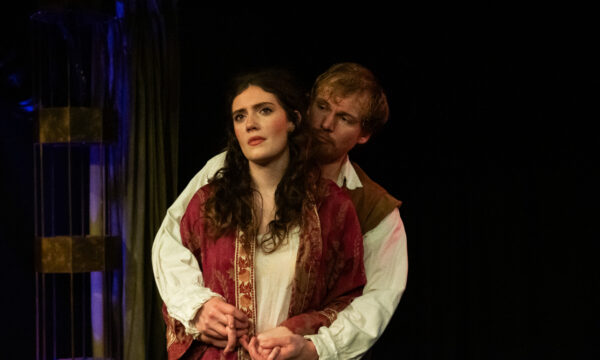
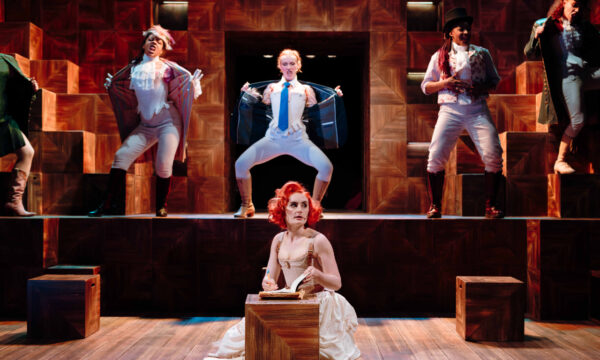
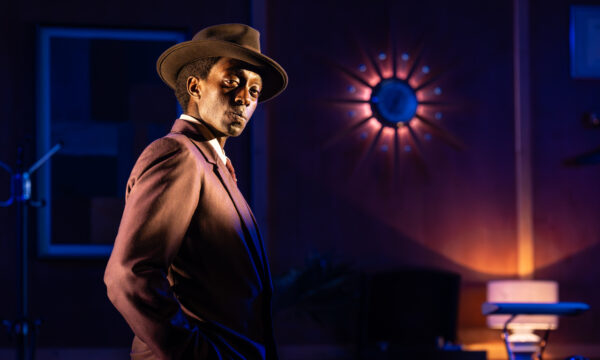










Facebook
Twitter
Instagram
YouTube
RSS